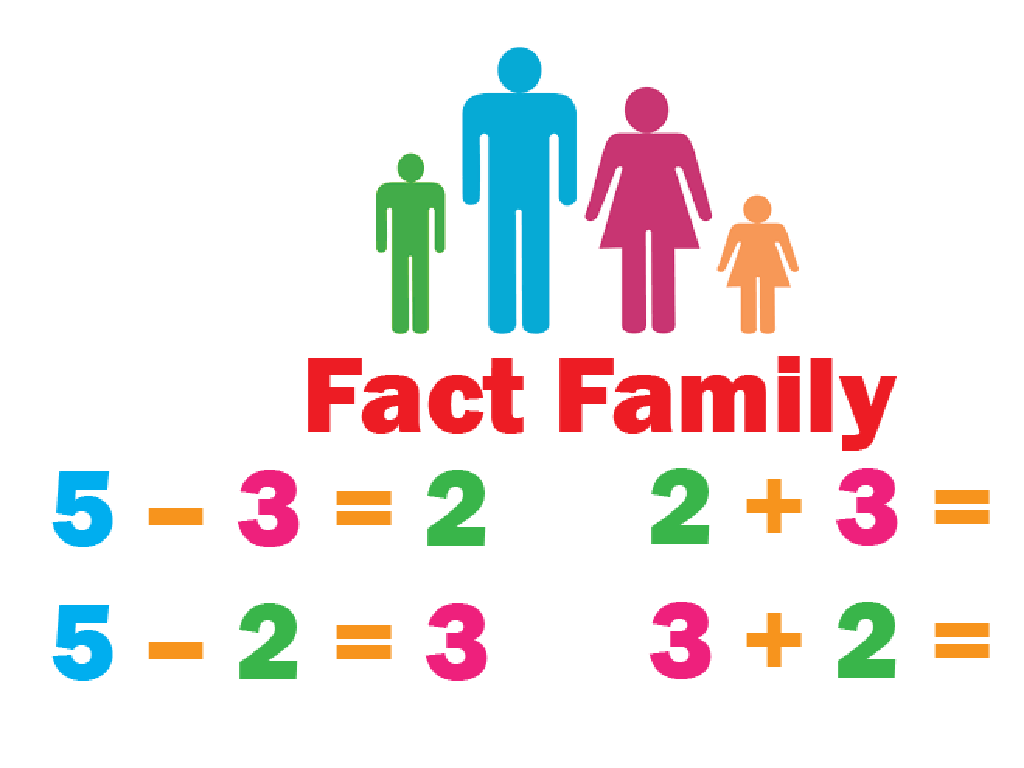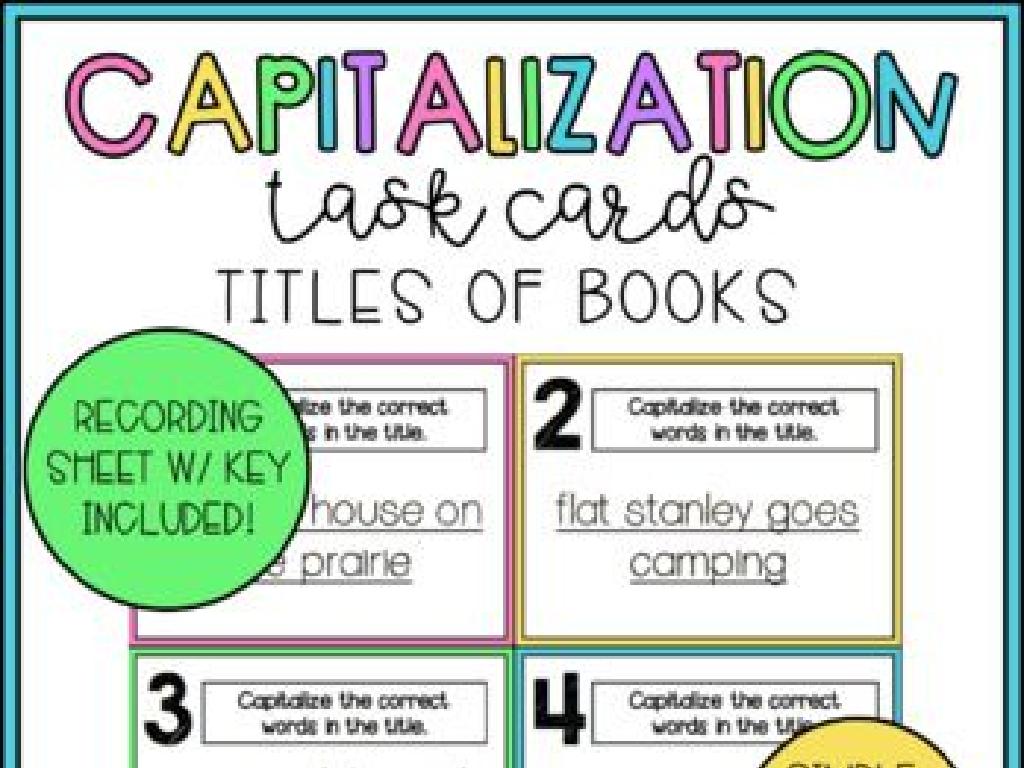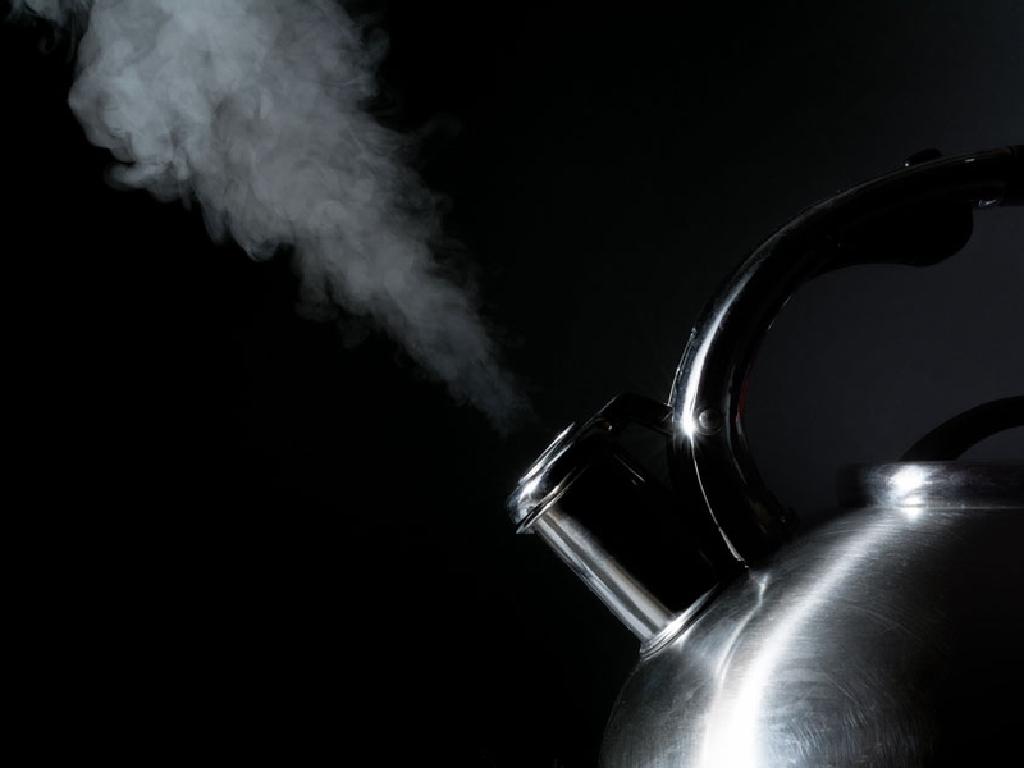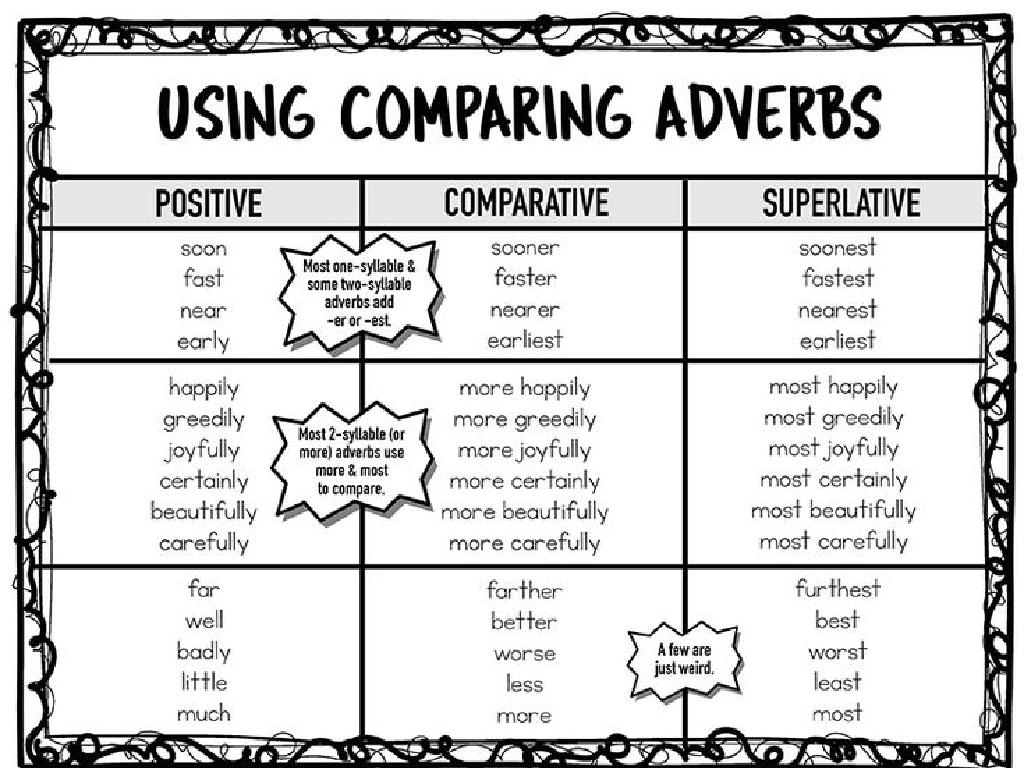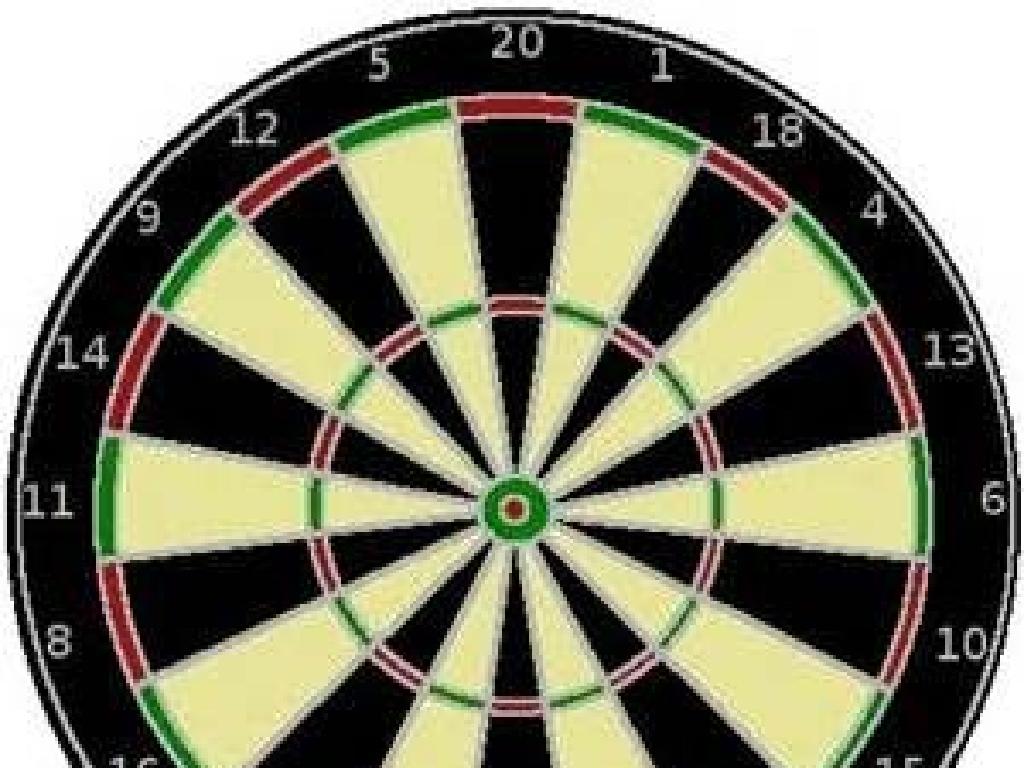Form Compound Words
Subject: Language arts
Grade: Third grade
Topic: Compound Words
Please LOG IN to download the presentation. Access is available to registered users only.
View More Content
Welcome to Compound Words!
– What are compound words?
– Two small words put together to make a new word
– Everyday compound word examples
– Examples: ‘sunflower’, ‘toothbrush’, ‘playground’
– Two words join to make a new word
– Like ‘butter’ and ‘fly’ make ‘butterfly’
– Practice creating compound words
|
This slide introduces the concept of compound words to third-grade students. Begin by explaining that a compound word is formed when two smaller words are combined to create a new word with its own meaning. Provide familiar examples that they encounter in their daily lives to make the concept relatable. Show how two distinct words can merge to form a compound word, emphasizing that the new word has a meaning related to both words it’s made from. Encourage the students to think of their own examples and to understand that this is a common way new words are created in English. The practice activity can involve students pairing up words to form compounds or identifying compounds in a given list.
Building Blocks of Language: Compound Words
– Words as building blocks
– Combining words creates new meanings
– ‘Snowman’ combines ‘snow’ and ‘man’ to mean a figure made of snow.
– Compound words in sentences
– ‘Pancake’ in a sentence: I ate a pancake for breakfast.
– Examples of compound words
– ‘Butterfly’, ‘toothbrush’, ‘mailbox’
|
This slide introduces the concept of compound words to third-grade students, emphasizing that words are like building blocks that can be combined to create new meanings. Explain that a compound word is formed when two single words are joined to create a new word with its own meaning. Provide examples of compound words and use them in sentences to show how the meaning of the compound word relates to its parts but is unique. Encourage students to think of compound words they already know and use them in their own sentences. This will help them understand how compound words function in language and enhance their vocabulary.
Types of Compound Words
– Closed Compound Words
– Words joined together, like ‘notebook’ or ‘football’
– Hyphenated Compound Words
– Words connected by hyphens, e.g., ‘mother-in-law’, ‘check-in’
– Open Compound Words
– Words with space in between, like ‘post office’, ‘full moon’
|
This slide introduces students to the concept of compound words and their types. Closed compound words are two words combined to make a new word without spaces or hyphens. Hyphenated compound words are two or more words connected by hyphens. Open compound words are two words that are often used together but are separated by a space. Use examples provided to help students recognize and understand each type. Encourage students to come up with additional examples for each category and discuss why they fit into that category. This will help solidify their understanding of compound words and how they are formed.
Let’s Make Compound Words!
– Combine two words to make one
– Use picture clues for guessing
– Look at pictures, guess the word they form together
– Share your compound words
– Tell the class the words you made
– Learn and have fun together
– This helps us learn new words in a fun way
|
This slide introduces an interactive class activity focused on creating compound words. Students will use visual aids to combine two separate words to form a new word with a different meaning. For example, a picture of a tooth and a brush can lead to ‘toothbrush’. Encourage students to think creatively and discuss the meaning of the new compound words they form. Provide a variety of picture pairs to cater to different learning paces. As students share their compound words, reinforce the concept by discussing how the two original words contribute to the meaning of the compound word. This activity promotes engagement, collaboration, and reinforces the understanding of compound words in a playful and educational manner.
Compound Word Hunt Activity
– Find compound words in a passage
– Highlight or list the compound words
– Discuss each compound word’s meaning
– For example, ‘sunflower’ is a combination of ‘sun’ and ‘flower’
– Share findings with the class
|
This activity is designed to help students recognize and understand compound words through practical application. Provide a short story or passage for the students to read, and instruct them to search for compound words. They can use a highlighter or create a list of the words they find. Once they have identified the compound words, facilitate a discussion on the meaning of each word, emphasizing how two words come together to form a new word with its own unique meaning. Encourage students to explain the meaning of each part of the compound word and how it relates to the meaning of the compound word as a whole. This activity will not only enhance their vocabulary but also their analytical skills in understanding word formation. Prepare to have a sharing session where students can present their findings to the class, fostering a collaborative learning environment.
Create Your Own Compound Words
– Imagine and create new compound words
– Draw your compound word
– Use colors and shapes to illustrate
– Explain your compound word’s meaning
– What does your word describe or do?
– Share your creation with the class
– Get ready to present your word and drawing
|
This slide introduces a creative class activity where students will use their imagination to form new compound words. Encourage them to think of two words that can be combined to make a new word with a unique meaning. Once they have their compound word, they should draw a picture that represents the word, helping to solidify the concept in their minds. They should also be prepared to explain what their new word means, practicing their verbal expression skills. This activity will help students understand how compound words are formed and their meanings. It also allows for creativity and sharing, making the learning process interactive and fun. Provide examples like ‘rainbow’ (rain + bow) or ‘toothbrush’ (tooth + brush) to get them started.
Compound Word Challenge: Matching Game
– Engage in a matching game
– Pair up with a classmate
– Match cards to form compounds
– Combine two words to make a new one, like ‘sun’ + ‘flower’ = ‘sunflower’
– Find as many compounds as you can
|
This slide introduces a class activity designed to help students understand and practice forming compound words. Set up the classroom with word cards spread out on tables or the floor. Students will work in pairs to match individual word cards to create compound words. For example, one card may have ‘rain’ and another ‘bow’, which can be matched to form ‘rainbow’. Encourage students to communicate and collaborate to find as many compound words as possible within a set time limit. This activity helps reinforce the concept of compound words and allows students to apply their knowledge in a fun, interactive way. Possible variations of the activity could include a competition to see which pair finds the most compounds, or having students create sentences with the new compound words they form.
Review and Reflect: Compound Words
– Recap on compound words
– A compound word is formed when two words are combined to make a new word, like ‘sunflower’.
– Share interesting compound words
– Think of compound words that you think are fun, like ‘butterfly’ or ‘rainbow’.
– Q&A session
– Reflect on what we’ve learned
– Think about how combining words changes their meaning.
|
This slide is meant to conclude the lesson on compound words. Start by summarizing the key points of the lesson, ensuring that students understand that compound words are made by putting two words together to create a new word with its own meaning. Encourage students to share the compound words they found most interesting and why. This can be an interactive part of the lesson where students can also learn from their peers. Proceed to a Q&A session to address any uncertainties or curiosities the students may have. Finally, ask students to reflect on the importance of compound words in language and how this knowledge can help them in reading and writing. The reflection can include discussing how compound words can make language more colorful and expressive.
Homework: Exploring Compound Words
– Find 10 compound words
– Look around your home or outside for compound words like ‘basketball’ or ‘toothpaste’.
– Write sentences with them
– Use each compound word in a creative sentence.
– Share your sentences in class
– Have fun discovering!
– Enjoy finding words and creating sentences!
|
This homework assignment is designed to help students recognize and understand compound words in their everyday environment. Encourage them to be observant and look for compound words in places like the kitchen, their bedrooms, or even the backyard. They should write original sentences that make sense and correctly use the compound words they find. Remind them to think about how the meaning of a compound word is related to its two parts. In the next class, students will have the opportunity to share their sentences, which will help reinforce their understanding of compound words and boost their confidence in using new vocabulary.

